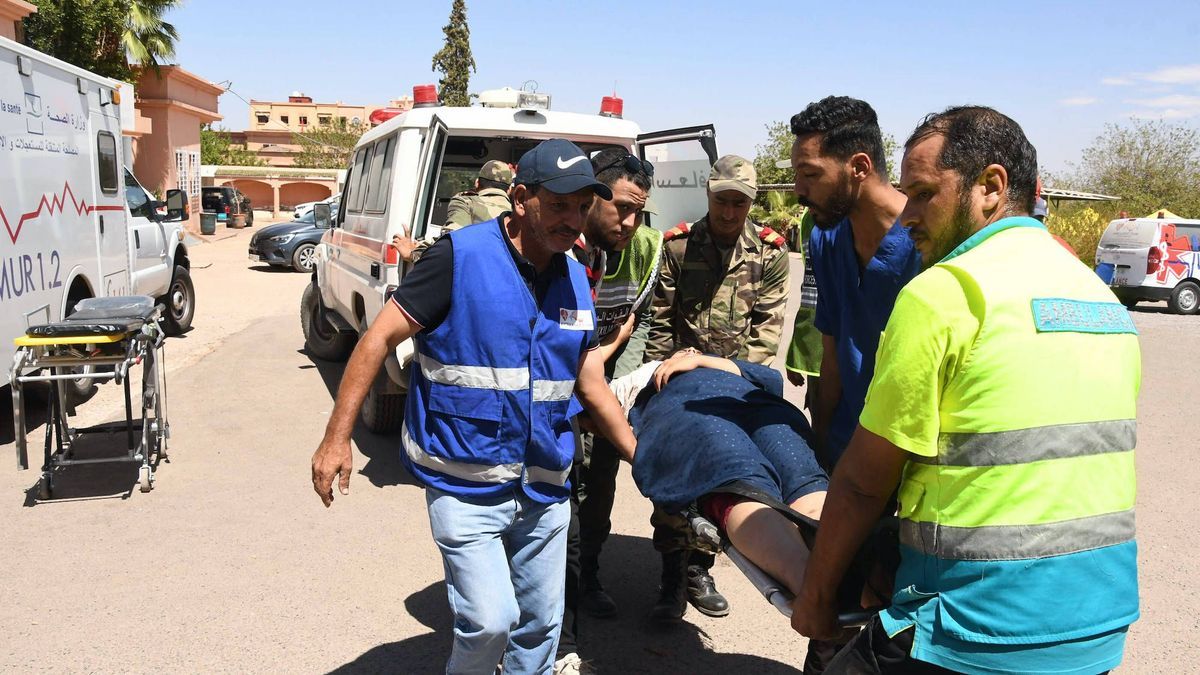
While the death toll from the earthquake in Morocco is estimated at 2,500 dead and just as many injured on September 11, what are the risks most to fear for the victims on site? Dr. Gérald Kierzek, emergency physician and medical director of TipsForWomens, enlightens us.
A very heavy toll that risks increasing
During the night from Friday to Saturday, a brutal earthquake seized the entire southwest of the tourist city of Marrackech, causing numerous victims and devastated the entire region.
A little more than 48 hours after the tragedy, while humanitarian aid is slow to organize, the toll this afternoon stands at 2,497 dead and 2,476 injured. But the race against time continues to save as many residents as possible and prevent the tragedy from creating other chain disasters.
Three types of threats after an earthquake
On Moroccan soil, while searches continue to find the missing, three types of emergencies require medical help, underlines Dr. Géral Kierzek, emergency physician and medical director of TipsForWomens.
- Polytraumatized people by shocks and damage. “These are all the people seriously injured during the earthquake, with a life-threatening prognosis, who can suffer from hemorrhages, chest trauma, and breathing difficulties. Any respiratory, neurological, or hemorrhagic distress must be treated urgently in the first hours, the risk of death is very present”;
- People still stuck. In an earthquake, however, some people, injured or not, find themselves stuck for several hours or even days under the rubble. “They can benefit from an air pocket, which allows them to survive, explains Dr. Kierzek, Except that not only do air pockets reduce over time, but in addition a person cannot hydrate will die. The body cannot survive beyond 3 days without water… “;
- The third threat concerns people with chronic illnesses who need care. “VSThese are diabetic people who do not have their insulin, people with kidney failure who can no longer be dialyzed. All these people are also going to be in danger. Even if they are not direct victims, if their treatment is not accessible, they can quickly become collateral victims of this event. continues the doctor.
An already complicated regional context
Finally, one last piece of data does not allow us to be very optimistic about the medical consequences: “The health context is already far from simple in the affected region, regardless of the disaster, the emergency doctor reminds us. “And the few hospitals and medical centers that provided their care have now been destroyed. This raises fears of an even wider catastrophe.”
For the moment, Morocco has only accepted aid from 4 countries. Europe is still waiting to be authorized to provide aid.
